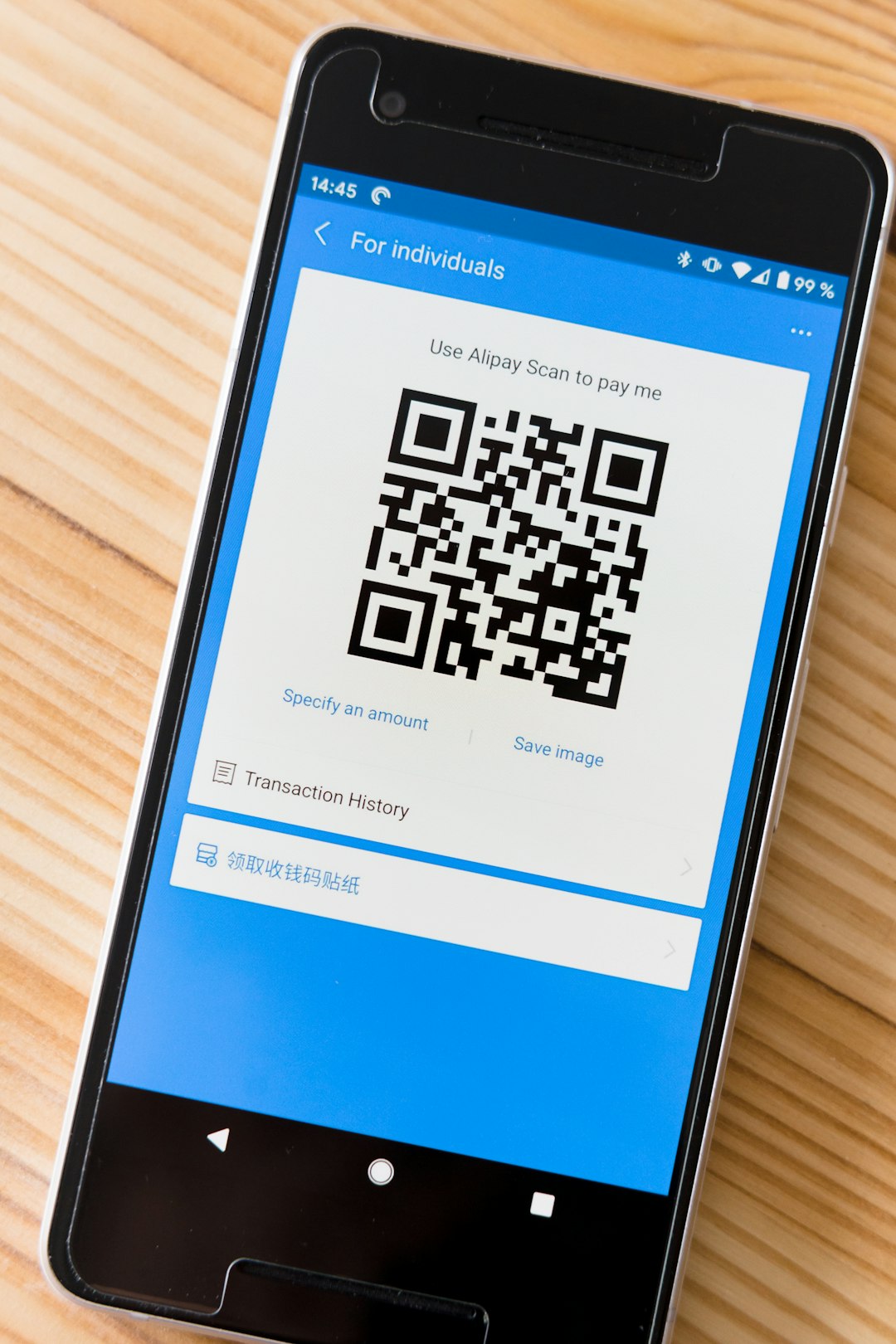In today’s tech-driven world, building an AI-powered app is no longer the realm of elite coders or Silicon Valley startups. Thanks to user-friendly AI tools and widely available open-source models, nearly anyone with a good idea and a little technical know-how can create a smart application. Whether you’re an entrepreneur, developer, or tech enthusiast, this guide will help you understand how to build an AI-powered app—and more importantly, how to make money from it.
Step 1: Identify a Problem Worth Solving
Start with a clear, actionable problem that users face. AI works best when solving specific, repetitive, or data-intensive tasks. Here are a few examples:
- Healthcare: Diagnose symptoms based on text or images.
- Education: AI tutors that adapt to students’ learning styles.
- Productivity: AI writing assistants or task prioritizers.
Choosing a niche problem increases your chances of attracting a loyal user base. Focus on how your AI can deliver real value.
Step 2: Choose the Right AI Tools and Models
Once you have a use case, it’s time to select the technology. You can build your own model or use pre-trained APIs. Some top tools and platforms include:
- OpenAI: Offers powerful language models like GPT-4 with easy-to-use APIs.
- TensorFlow / PyTorch: Ideal if you’re training custom models.
- Hugging Face: Hosts a wide library of open-source AI models and datasets.
- Google Cloud AI / AWS AI Services: Provide scalable infrastructure for AI applications.
For most beginners and startups, working with APIs and pre-trained models is faster and more cost-efficient.
Step 3: Design a User-Friendly Interface
A great AI model is nothing without a great user experience. Keep the user interface (UI) simple and intuitive. Whether it’s a mobile app or a web platform:
- Use minimalistic design to reduce distractions.
- Provide clear instructions on what the AI can do.
- Collect user feedback regularly to improve UX over time.
Your app should not only be smart—it should also be a joy to use.
Step 4: Train, Fine-Tune, and Test
If you’re using your own data, start collecting and cleaning it early. You can fine-tune models on unique data sets to improve accuracy for your specific domain. Always:
- Validate your model using a test set.
- Monitor performance over time.
- Be aware of AI biases and edge cases.
Cloud tools now make deployment easier than ever, but model quality is key for building trust with users.

Step 5: Monetize Your AI App
This is where things get exciting. Turning your AI app into a business is very achievable. Here are several popular monetization methods:
- Freemium model: Offer basic access for free and charge for premium features like advanced analysis or priority support.
- Subscription: Monthly or yearly plans provide predictable income. Add new capabilities regularly to retain users.
- In-app purchases: Users can buy additional credits, modules, or datasets as needed.
- Ads: Use ad networks to generate revenue from free users. Use with caution to not harm user experience.
- B2B Sales: Tailor your app for businesses or offer them a white-labeled version of the tool.
Pick a model that suits your audience. Developers and professionals may prefer subscriptions, while casual users often respond well to freemium apps.
Step 6: Launch and Scale
Once the app is polished and tested, go ahead with the launch. Use marketing tools like:
- Product Hunt for early exposure.
- Social media and AI-focused forums.
- Email lists and content marketing.
Post-launch, focus on retention through regular updates, community-building, and listening to your user base. Scaling may also involve moving to more robust servers, optimizing your AI pipelines, and implementing better analytics.
Final Thoughts
Creating an AI-powered app is a rewarding blend of creativity, science, and entrepreneurship. By identifying a niche, leveraging modern AI tools, and adopting the right monetization strategy, you can not only build something impactful—but also profitable. Innovation is at your fingertips; all it takes is the first step.